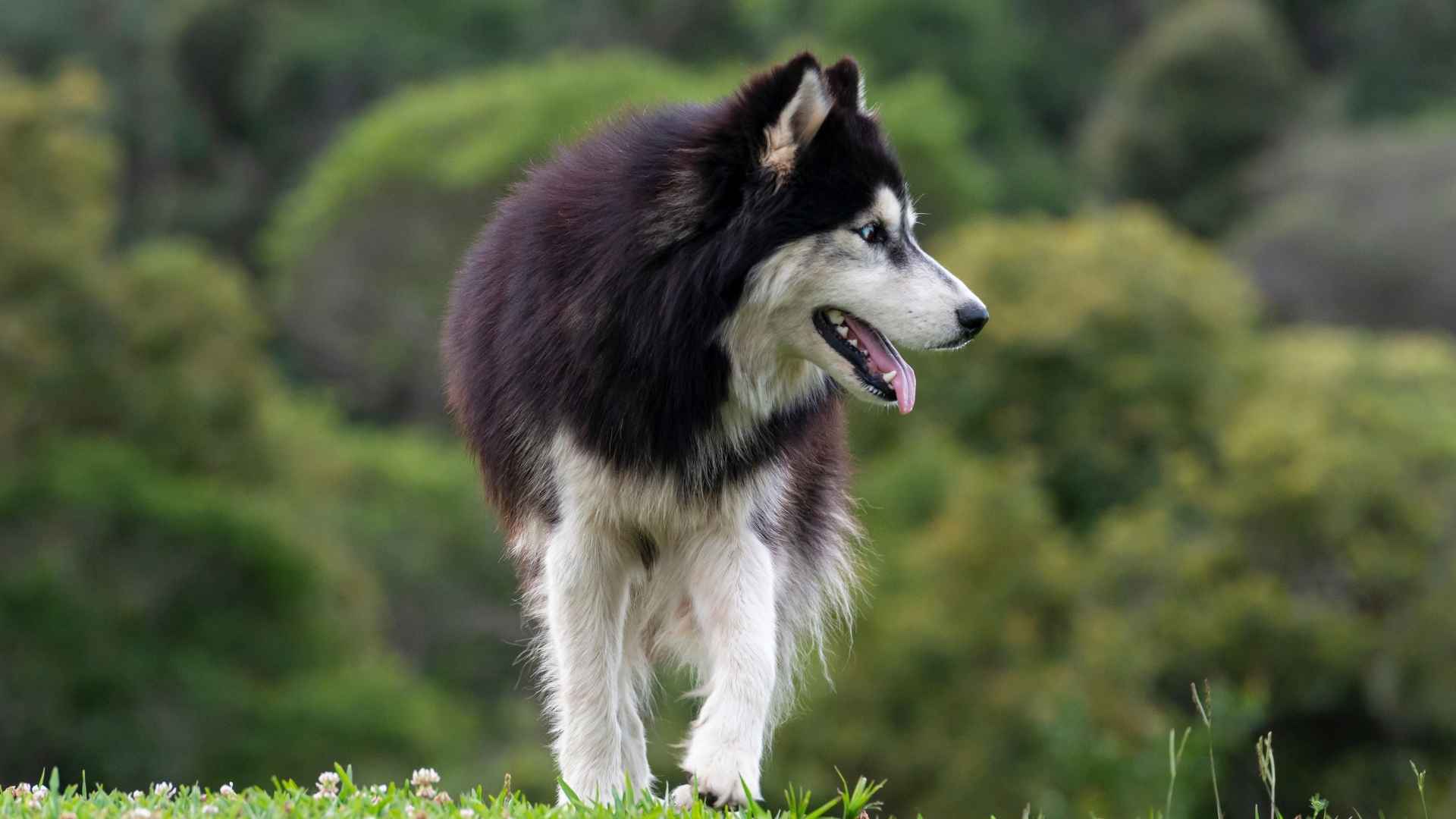Choosing the right dog breed is one of the most important decisions a pet lover can make. While every dog has the potential to be a loyal companion, not all breeds fit seamlessly into every lifestyle. If you enjoy certain hobbies, routines, or living arrangements, some breeds may actually make life more complicated rather than easier.
For example, a breed known for boundless energy might frustrate someone who prefers quiet evenings, while highly vocal dogs could be a nightmare for apartment dwellers. Likewise, dogs with strong guarding instincts may clash with a home full of guests or small children.
Understanding which breeds are less compatible with your personal preferences is just as valuable as knowing which ones suit you best.
In this article, we’ll dive into specific dog breeds that may not be the right match depending on your lifestyle, helping you avoid mismatches and ensuring a happier life for both you and your pup.
Best Dog Breeds To Avoid If You Enjoy
1. Siberian Husky
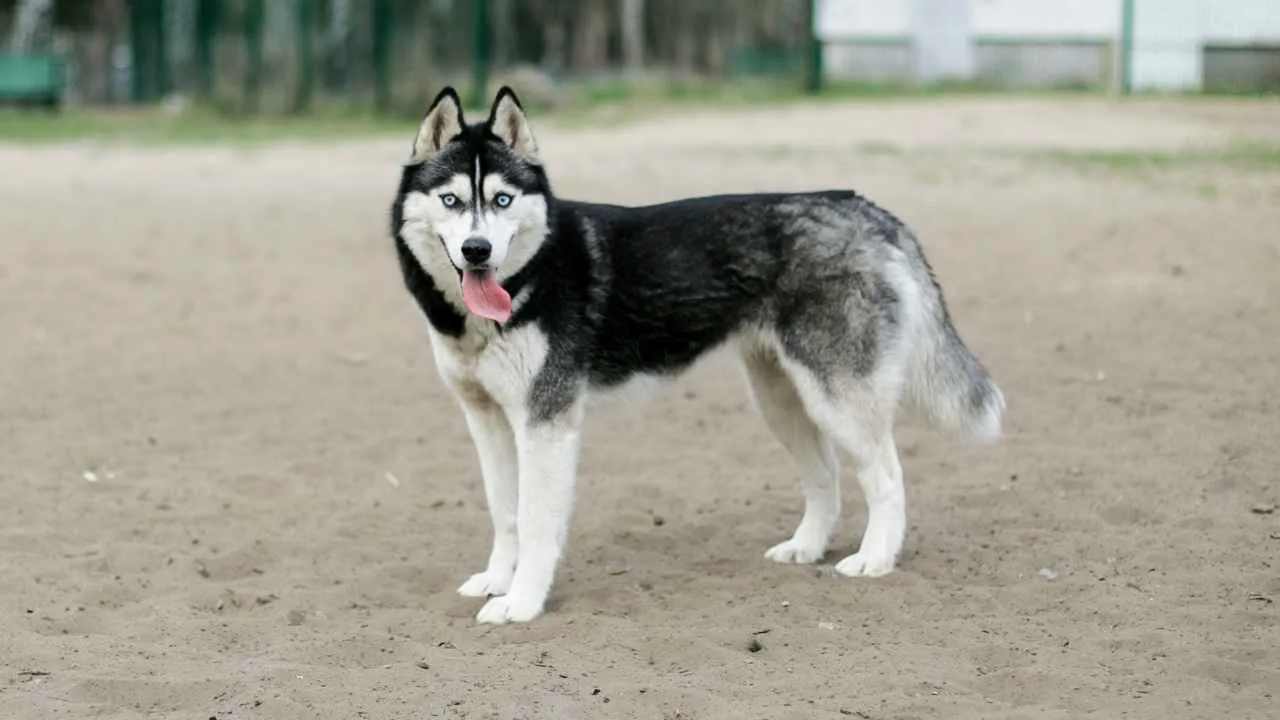
Siberian Huskies are well known for their striking wolf-like looks and boundless energy. Originally bred as sled dogs, they thrive in colder climates and are happiest when given plenty of space to run. For owners seeking a laid-back companion, this breed’s stamina and independence can present challenges.
According to PetMD, this breed’s high prey drive often leads them to chase smaller animals, which can create issues in households with cats or other small pets.
Their strong instincts and clever nature also mean they’re quick escape artists, capable of jumping fences or finding ways out of yards. That determination makes them both fascinating and frustrating companions.
One of the most notable traits of Huskies is their vocal nature. Instead of traditional barking, they often “talk” through howls and other expressive sounds, which can be endearing or disruptive depending on the living situation. Apartment dwellers may struggle with this constant communication.
Training a Husky requires patience, consistency, and firm boundaries. Their independent streak means they aren’t always eager to please, unlike some other working breeds. Without proper training and plenty of exercise, they may become destructive or mischievous.
If you enjoy quiet evenings or minimal activity, Huskies are not the best choice. Their need for high activity levels and constant engagement makes them unsuitable for low-energy households. They flourish with adventurous owners who can match their athletic lifestyle.
Quick Tips
Provide daily vigorous exercise to prevent destructive behavior.
Use secure fencing to keep escape attempts at bay.
2. Rottweiler
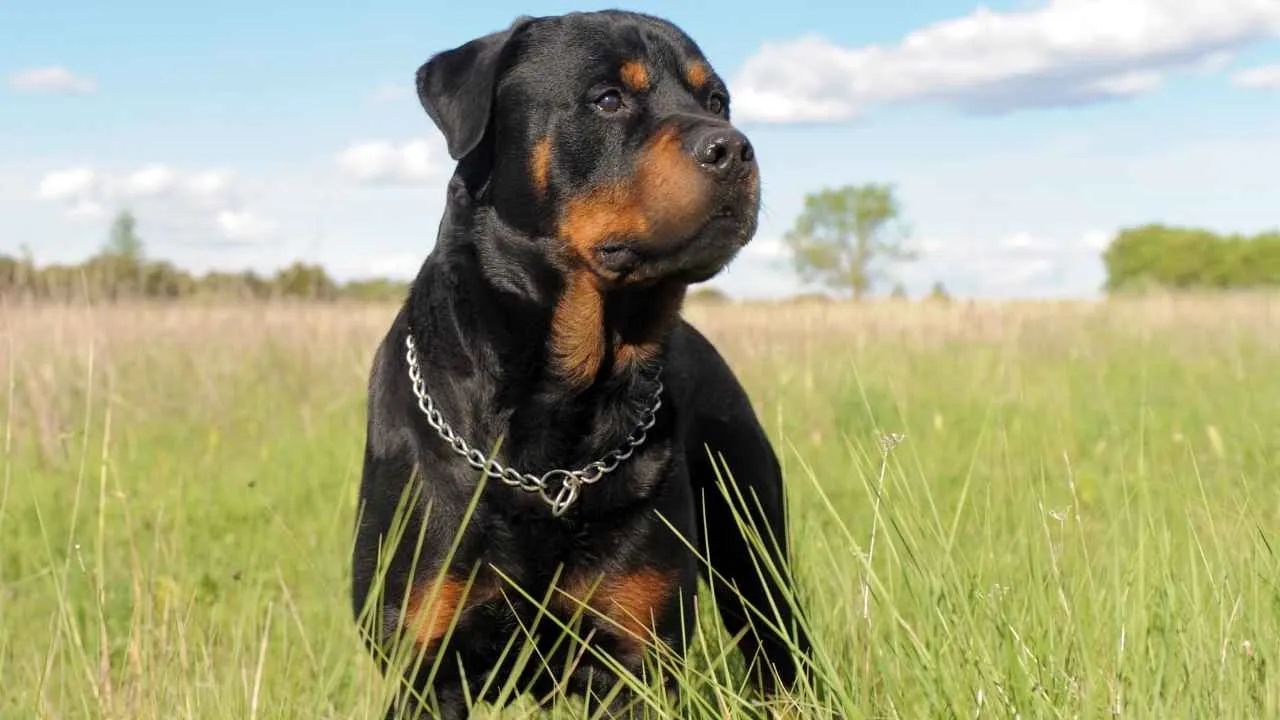
Rottweilers are powerful working dogs originally bred to herd livestock and guard property. Their muscular build and imposing presence make them excellent deterrents for intruders. With proper training, they are loyal, intelligent, and capable companions.
This breed has a strong guarding instinct that may not suit households with frequent guests or children’s playmates. Without careful socialization, Rottweilers can become overprotective, misinterpreting friendly interactions as threats. Such behavior can be intimidating for families that prefer a relaxed environment.
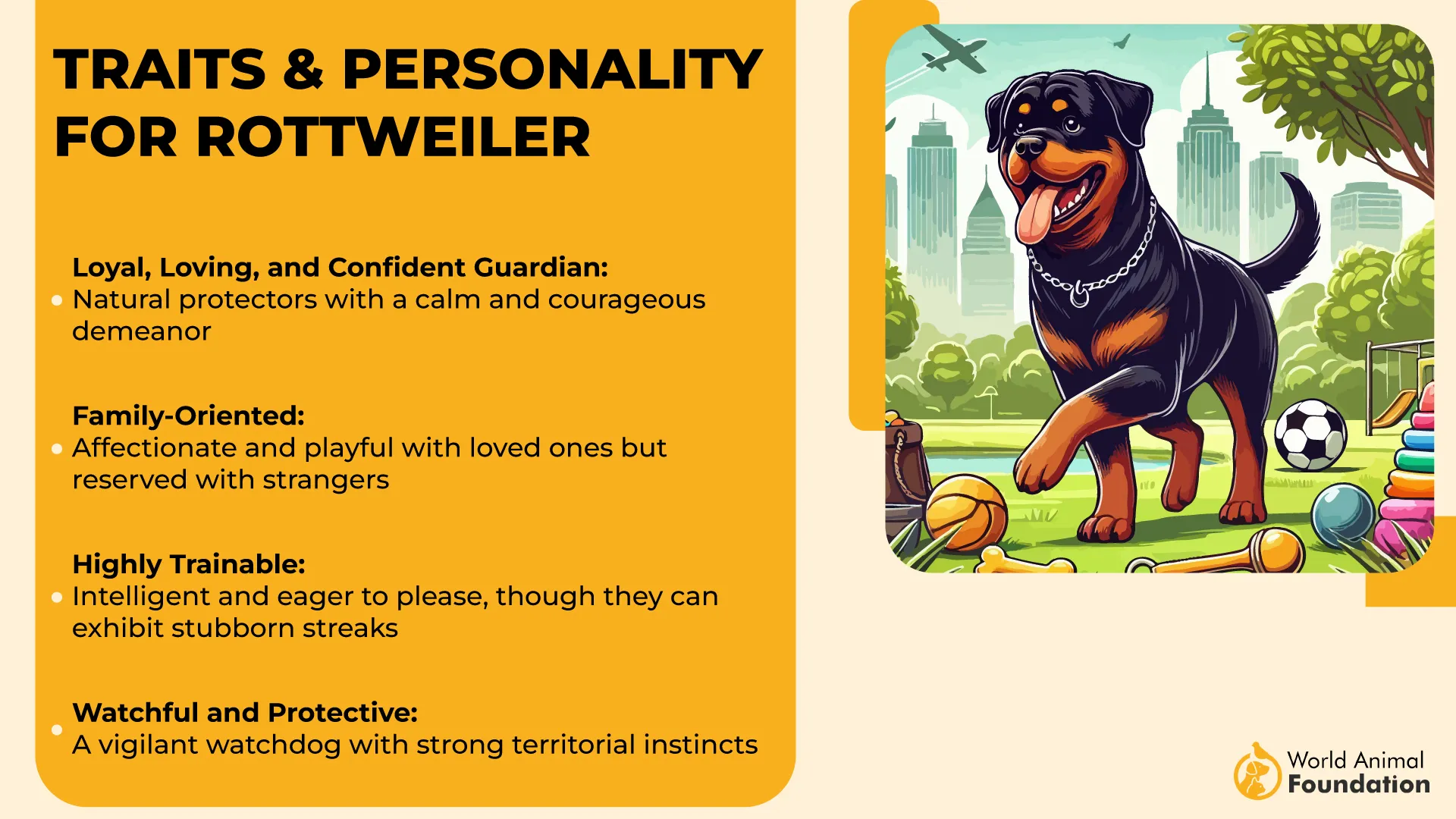
Rottweilers thrive with structured routines and clear leadership. They bond closely with their families and enjoy both physical and mental stimulation. Owners who provide consistent training and firm guidance are often rewarded with a dependable, affectionate companion.
Despite their many strengths, Rottweilers often appear on lists of breeds considered difficult for inexperienced owners. Their size, strength, and natural assertiveness make them challenging to manage without proper handling experience.
For people who value a laid-back household or minimal training responsibilities, the Rottweiler may not be the right fit. Their demand for early socialization and firm boundaries makes them best suited for confident, experienced dog owners.
Quick Tips
Begin obedience and socialization training early.
Provide strong leadership and plenty of mental stimulation.
3. Dachshund
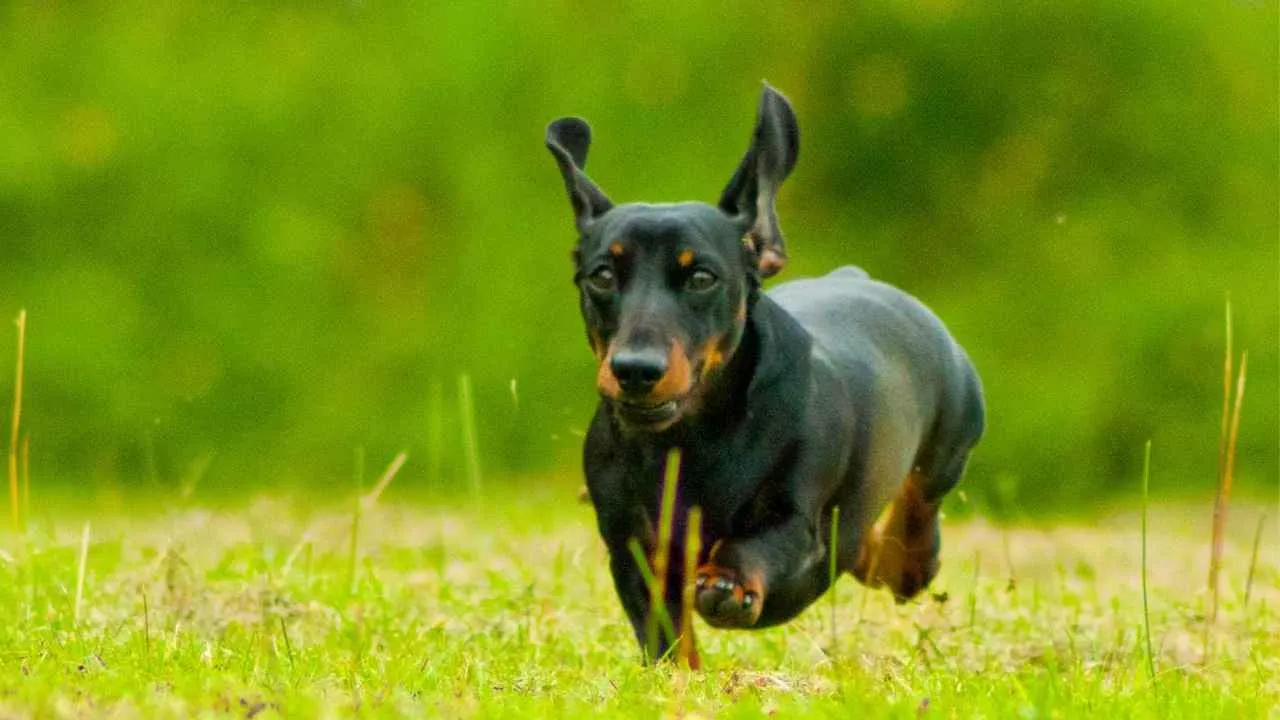
Dachshunds, often called “wiener dogs” for their long, low bodies, were originally bred for hunting badgers. Their bold personalities and distinctive appearance have made them one of the most recognizable small breeds. Despite their size, they carry a surprisingly fearless attitude.
These dogs are affectionate and curious, but also known for their stubborn streak. Training can be a test of patience, as they often prefer doing things their own way. Owners must remain consistent to ensure good manners develop early.
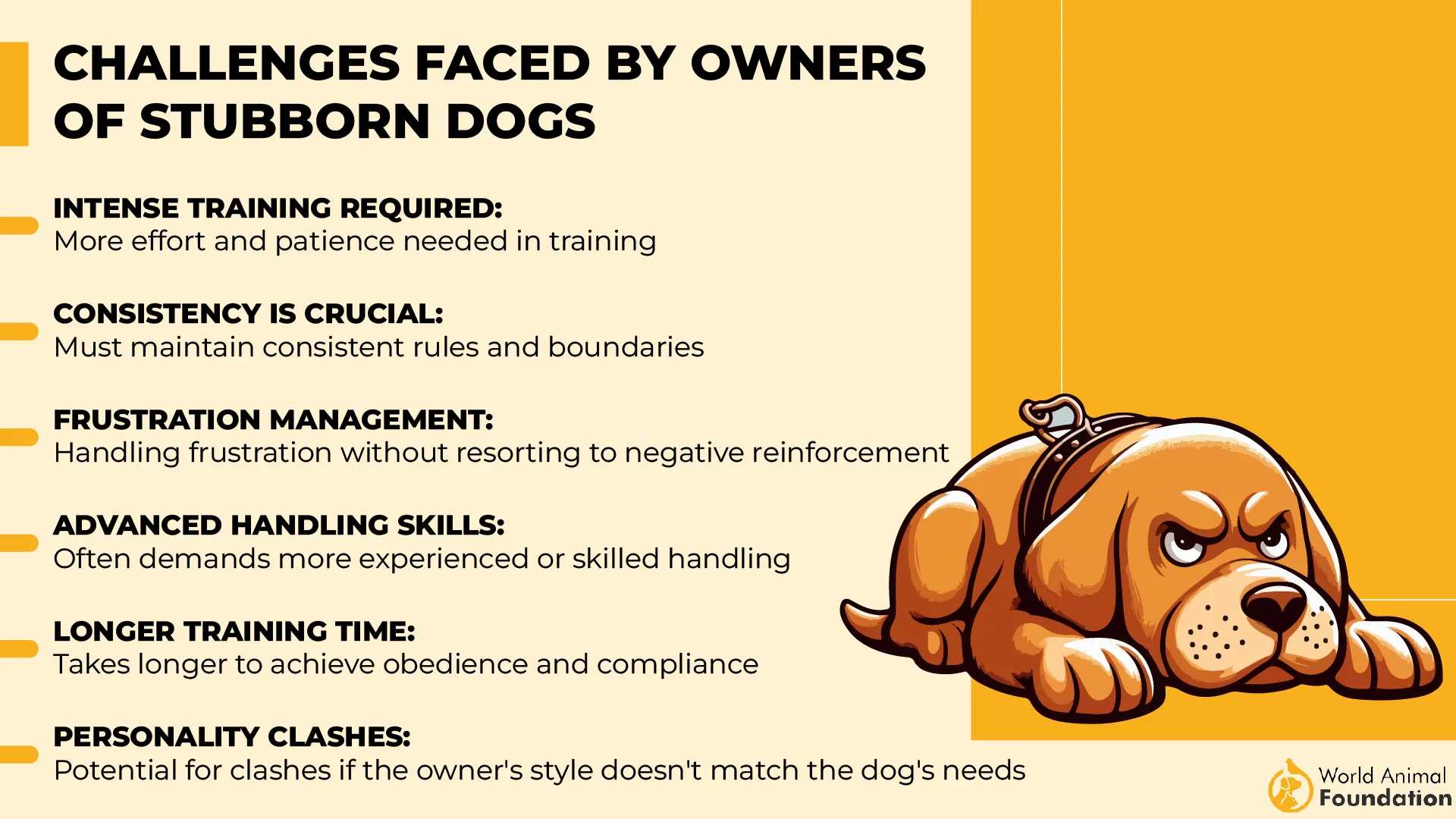
While small in stature, Dachshunds are protective of their families. They tend to bark frequently, alerting owners to any noise or unfamiliar presence. This trait can become overwhelming in households seeking peace and quiet.
Purina states that Dachshunds are also prone to spinal issues due to their elongated backs. Families with small children must be cautious, as rough play or improper handling can easily cause injury. This risk is one reason they often appear on lists of breeds less suitable for young kids.
For owners who prefer a more independent, quiet companion, the Dachshund’s vocal, lively nature may not be ideal. However, with attentive care, they reward their families with affection, charm, and a big-dog personality in a small package.
Quick Tips
Avoid activities that put stress on their spine, like jumping from furniture.
Be consistent with training to manage barking and stubbornness.
4. Dalmatian
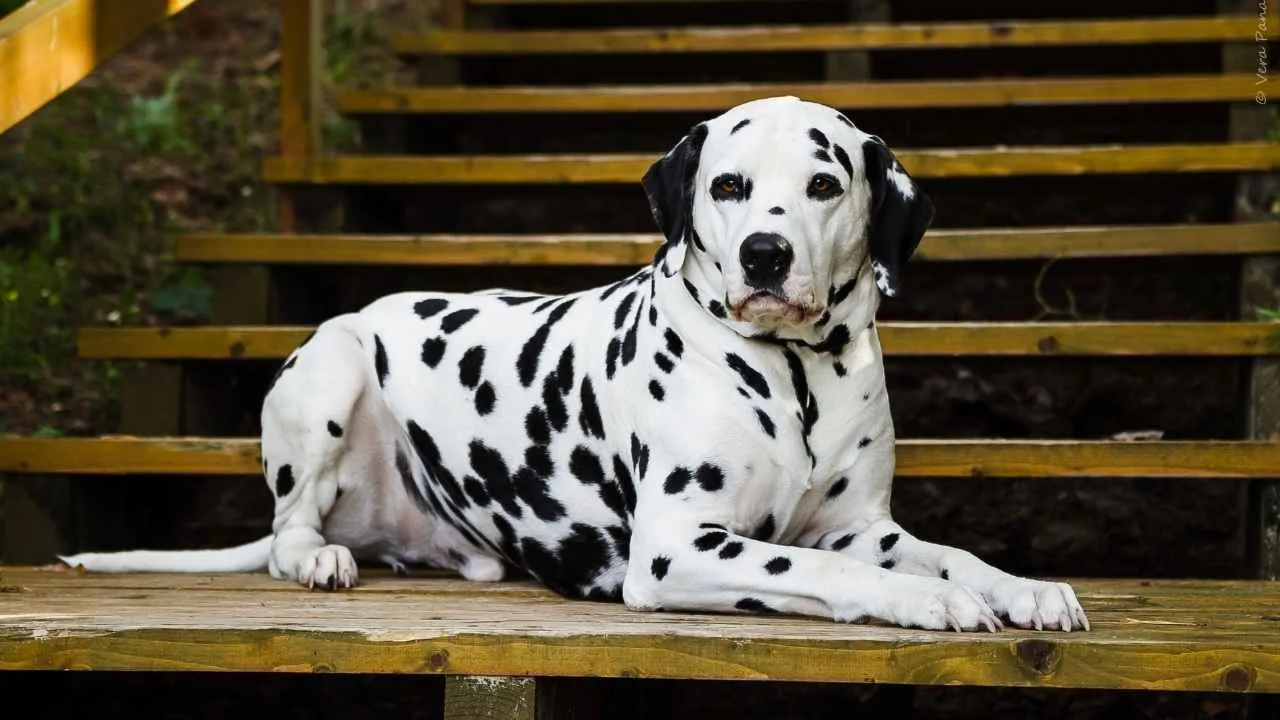
Dalmatians are instantly recognizable for their striking black or liver spots and elegant build. Originally bred as carriage dogs, they carry both endurance and a strong guarding instinct. Their distinctive appearance often draws families in, but their temperament requires careful consideration.
These dogs are highly active and need ample exercise to stay balanced. Without proper outlets for their energy, they may become restless and destructive, leading to stressful situations for households that prefer calm routines. Their stamina is better matched with active owners who enjoy outdoor adventures.
Dalmatians also have a reputation for being stubborn and independent-minded. Training requires consistency, patience, and a firm but positive approach. In inexperienced hands, their willful streak may lead to frustration.
Families with young children may struggle with the breed’s high energy and protective instincts. They are quick to alert and can become overly defensive, making them a poor choice for households that want a gentle, easygoing pet.
Health concerns, such as a predisposition to deafness, also mean prospective owners must be prepared for added responsibilities. Proper screening and ongoing care are essential to ensure a Dalmatian thrives as a family companion.
Quick Tips
Commit to daily vigorous exercise to prevent restlessness.
Begin training and socialization early to manage stubborn behavior.
5. Border Collie
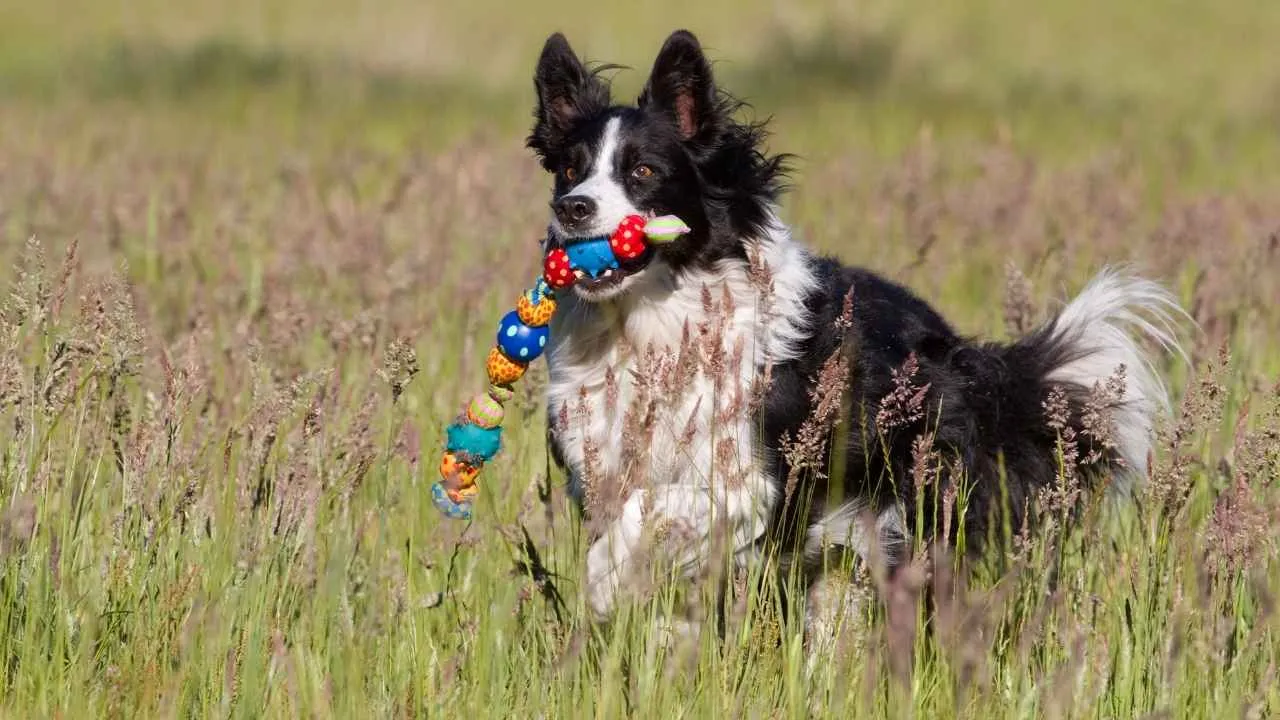
Border Collies are often celebrated as the most intelligent dog breed. Originally bred for herding, they excel in obedience, agility, and problem-solving tasks. Their sharp minds, however, make them demanding companions.
These dogs require significant daily stimulation, both physical and mental. Without challenging activities, they may become destructive or engage in obsessive behaviors like herding children or chasing moving objects. For owners seeking a relaxed household, their intensity can be overwhelming.
Training a Border Collie is rewarding but requires dedication. They pick up commands quickly but also need variety to stay engaged. Owners must continually adapt training sessions to prevent boredom.
Their strong herding instinct can cause issues in family homes with small children or other pets. While not aggressive, they may nip or chase to control movement, which can be stressful for families unfamiliar with the behavior.
For active owners, the Border Collie can be a dream companion, but for anyone who enjoys calm, low-energy days, it can be far too demanding. Their boundless energy is best matched with those who thrive on outdoor activity and constant interaction.
Quick Tips
Provide puzzle toys and advanced training exercises daily.
Dedicate at least two hours to physical activity every day.
6. Beagle

Beagles are charming scent hounds known for their affectionate personalities and distinctive howl. Their small size and social nature make them appealing, but their quirks can be difficult for the wrong households.
This breed’s powerful sense of smell often leads them to wander. Beagles are prone to following scents without concern for boundaries, which can frustrate owners who prefer a calm, obedient dog. Reliable fencing and leash walks are essential.
Beagles are also notoriously vocal. They bark and howl to express themselves, which can create tension in quiet households or apartments. For owners who value peace, this trait may quickly become exhausting.
Training a Beagle can be a challenge due to their stubbornness and single-minded focus on scents. Consistency and patience are key, but even then, recall commands may never be entirely reliable.
Though playful and affectionate with families, Beagles’ independence and energy can cause stressful situations if they are left alone for long periods. They dislike isolation and may resort to howling or destructive chewing when bored.
Quick Tips
Keep them mentally engaged with scent-based games.
Use secure fencing to prevent wandering.
7. Alaskan Malamute
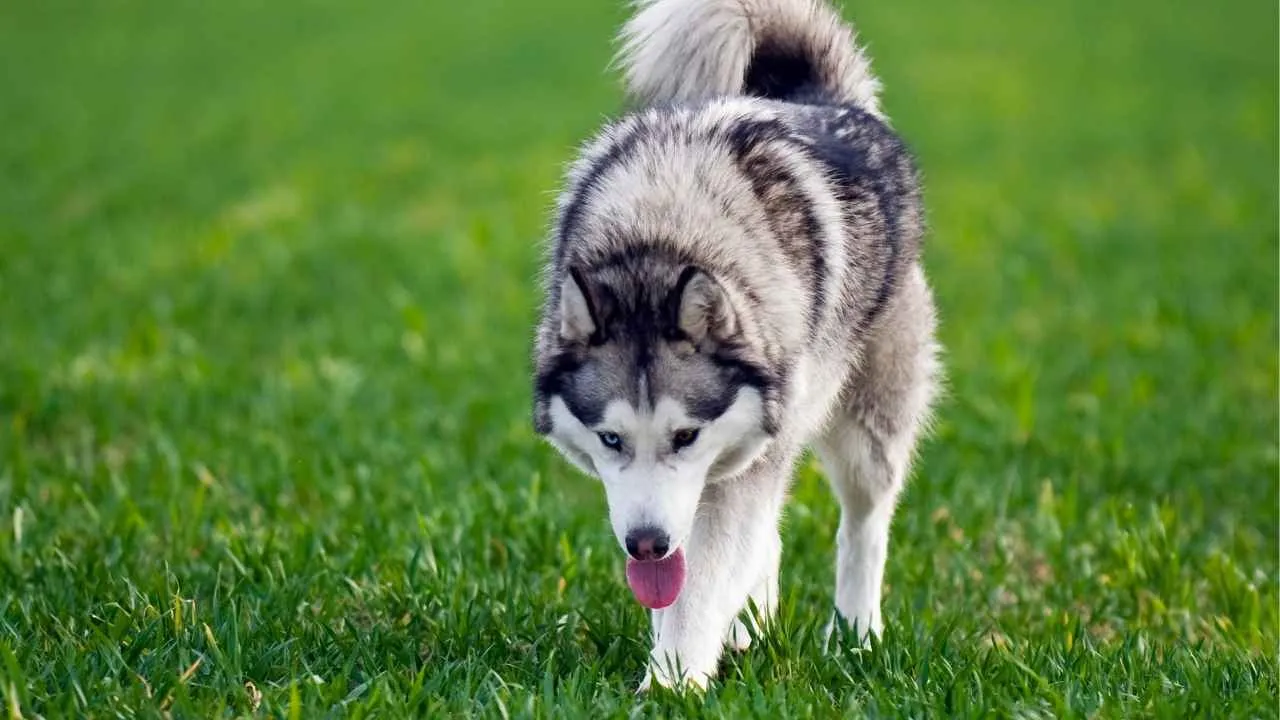
The Alaskan Malamute is a striking, heavy-coated breed originally bred for pulling sleds in harsh Arctic conditions. With immense strength and endurance, they are built for hard work and thrive in environments that match their stamina.
Malamutes are highly social but also very independent. Their pack mentality makes them affectionate with families, but their dominant streak can lead to stubbornness in training. This combination often frustrates first-time dog owners.
PDSA states that due to their size and energy levels, they require plenty of exercise. A simple walk is rarely enough to keep them satisfied. Without proper outlets, they may become destructive, digging or chewing to release pent-up energy.
Their thick double coat requires consistent grooming, especially during seasonal shedding. For owners who prefer minimal upkeep, this grooming demand can feel overwhelming.
Malamutes also rank on lists of challenging breeds due to their strength and determination. Inexperienced handlers may struggle to manage them safely, particularly in households with young children or smaller pets.
Quick Tips
Ensure daily, rigorous exercise such as hiking or pulling activities.
Groom frequently to manage heavy shedding and coat maintenance.
Conclusion
Choosing the right dog is about much more than falling in love with a specific breed’s looks or popularity. While most dogs can make wonderful companions, certain breeds can create stressful situations if their needs don’t align with a household’s lifestyle. Pet parents who don’t provide enough exercise or overlook a dog’s temperament may struggle with behavioral issues, separation anxiety, or health problems in just a few years.
First-time owners especially need to steer clear of breeds that demand extensive training, such as the Belgian Malinois, Cane Corso, or German Shepherd, which are highly intelligent but incredibly stubborn and extremely energetic.
Other breeds such as the Australian Cattle Dog, Pit Bull, Bernese Mountain Dogs, and Saint Bernard may be the best breed for experienced owners, but extremely difficult for new owners. Even the Australian Shepherd or the so-called “Gray Ghost” Weimaraner can overwhelm dog lovers who aren’t prepared for their strong prey drive and big game stamina.
While large dogs with a thick coat may look like a teddy bear as a puppy, they can quickly outgrow what first-time dog pet owners expect. Ultimately, successful pet ownership comes from matching a dog’s temperament with the right home, ensuring both pet owners and their companions thrive.


